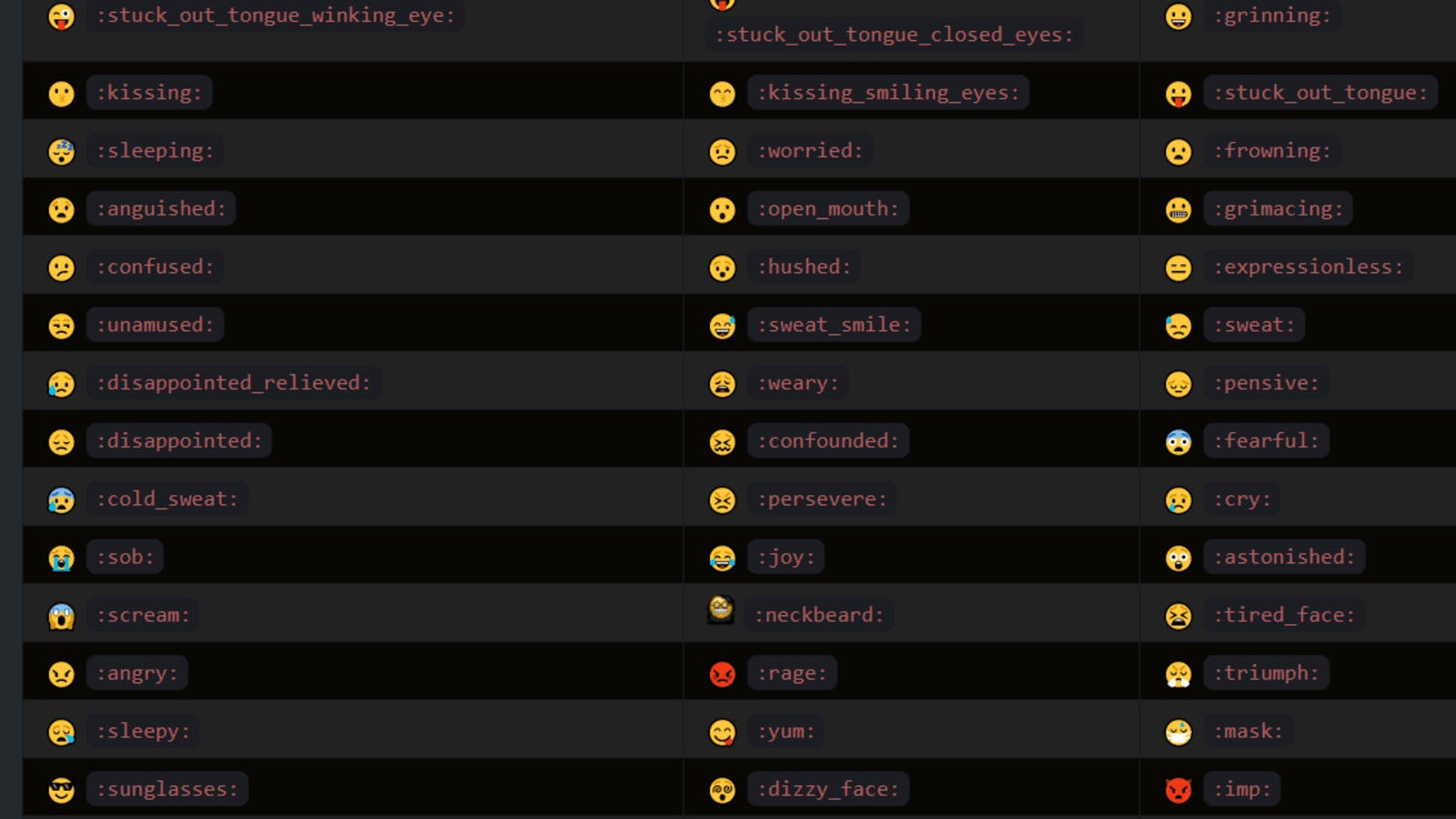Chota Packet Bada Dhamaka
About README.md file
In order to provide other developers with a comprehensive overview of your GitHub project, a README file is crucial.
A good README file will help you to highlight your projects on you profile.
You can add your personal information in the README file.
The personal information that you will be adding in the README file can be called your Short Resume.
Many times README.md is hosted as a website; make sure your webpage looks as cool as your project!
You may explain to others the benefits of your project, the things they can accomplish with it, and how to utilize it in a README file that you can post to your repository.
If you place your README file in the root, docs, or. GitHub hidden directory of your repository, GitHub will find it and immediately expose it to repository visitors.
How to make visible README file on Profile:-
In the beginning, establish a new repository with a name that is similar to your Github account.
Add a README file to it
Go to the README file where you can commit the changes.
README File Content's
Include the Title of Your Project: This should be the name of the project. It aids in the understanding of the main objective and purpose by briefly describing the entire project.
Create a Description for Your Project: Your project's description is a crucial component. Your ability to showcase your work to other developers and possible employers will increase with a well-maintained description.
Utilizing Your Project: Give guidelines and illustrations so that contributors or consumers may utilize the project. This will make it simple for the user so that they always have a point of reference in case they run into an issue.
Include Credits: List the members of your team if you worked on the project as a team. Also check out their GitHub accounts 10.
Other Content You Can Add:-
What drove you to do this? What inspired you to create this project?
What issue does the initiative aim to address? Or, what does it do?
Why did you utilize particular technologies? List all of your project's features if it has a tonne of them.
Mention some of the difficulties you encountered and the features you want to use going forward.
Mention any aspects of the project that you are particularly pleased of having built or possessing.
What did you discover as a result?
Mention things like databases, frameworks, and languages.
Markdown Language
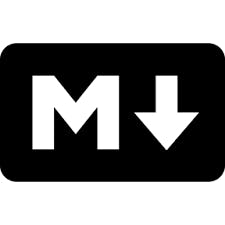
Using common formatting elements like headings, emphasis, lists, photos, and links, we may style a digital text document using the lightweight markup language known as markdown.
.md or. markdown are the file extensions for markdown files. In order for Markdown to look good in a browser, we may transform it into XHTML or HTML.
Uses of this Language:-
README file's
Generating rich text from emails, technical documents, and plain text.
GitHub, Trello, Reddit, SourceForge, and StackExchange are examples of well-known websites that employ Markdown.
If you wish to accomplish a more complicated design, Markdown parsers can permit putting in blocks of HTML code that supplement Markdown's restricted grammar.
Why Use Markdown:-
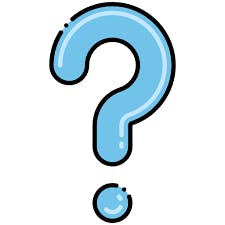
It is simpler for non-tech writers to create documentation that is flexible and collaborative.
Simple to learn - It has a foundation of email formatting rules that the majority of us are already familiar with.
Unlike HTML, which is packed with tags, it is simple to read (in its unprocessed form).
Markdown files are cross-platform, so you may create them with any text editor.
Markdown Language Notations
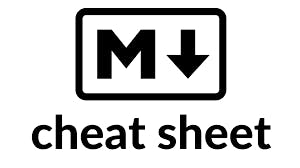
HEADINGS:- Headings improve the readability of your content and serve to separate the various themes.
Headings in Markdown are formatted with hashes (#) before the line continuation
Up to six hashes are permitted, with each hash the level of heading is defined.

PARAGRAPHS:- you should break up your content into paragraphs (with a clear pause between each item).
There is a blank line (a line with no characters) between each paragraph to separate them from one another.
ITALICS:- Wrap the item with one star/underscore on each side.
BOLD:- Wrap the item with two star/underscore on each side.
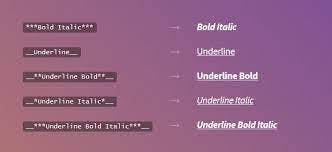
LINKS:- To link to external websites in Markdown content use two sets of brackets.
Wrap link text in brackets [ ], and then wrap the URL in parentheses (): [] ().
Images: Inserting an image into your Markdown file is similar to the formatting for links.
Begin your image formatting with an exclamation mark Next, use square brackets to wrap your image Talt text, next to parentheses containing the URL for your image.
Ensure there are no Spaces between the exclamation mark, square bracket, or parentheses.
When your Markdown file renders to MIMLit will embed the image directly into the body text.

Ordered List.
Unordered List.
Code Snippet:- To reference snippets of code as examples, format code snippets using backticks" that wrap your code snippet.
The first backtick "opens" the snippet, and the second backtick "closes" it.
Code Blocks:- Formatting code blocks is useful when you have a bigger chunk of code to include in your Markdown file.
Format your code blocks by indenting every and of your code block using one tab or four spaces.
And it would like to use syntax highlighting. including the language.
Task Lists.
Tables.
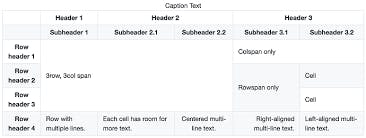
Emoji.
